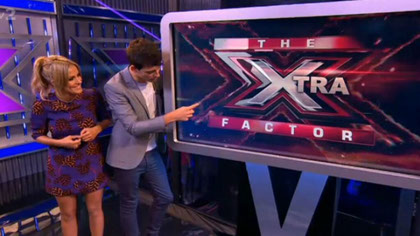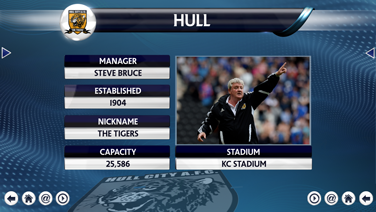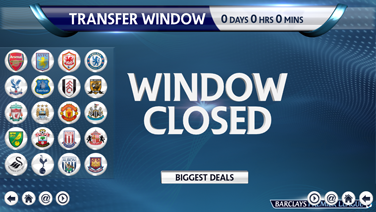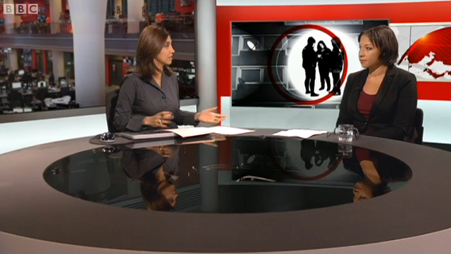Kenziko were asked to help with the ‘worm’ – a real-time measure of people’s engagement with the leader’s debates, as they were broadcast on the BBC News channel. A great explanation of the end result can be seen here (click the image for video):
Kenziko worked with Ipsos/MORI and Lumi, who provided us with a data feed, along with xrayvision.tv who provided the design. The worm graphic was built using Viz Artist from vizrt, which made the process very simple because of its powerful scripting engine.
Our methodology was to write a standalone application, which collected the data from the Lumi application and sent data through to Viz using shared memory. Shared memory makes the process of utilising the data very easy on the scripting side.
To create a continuously moving ‘worm’, we created a looping animation, where the line actually moves a very small amount from right to left. At the end of this animation, the script would update the line to include the latest data (and take the movement into account) and then jump the animation back to the start. This meant that we could run the worm indefinitely, and if the data had not changed between animations, the line would still run continuously.
During the production process, there were quite a few alternative designs considered. One involved the extents of the graph being larger than the area on-screen, with the graph scrolling to show the current position of the worm. While we implemented this and it worked quite well, it was deemed likely to be confusing to the audience (or to require to much explanation) so on balance we settled on the full graph being visible at all times. Using Viz scirpting language we were easily able to prototype different functionality.
We were on-site in Salford and at New Broadcasting House in London for the debates we covered respectively, and setup could not have been smoother. On both occasions the worm proved popular, gaining a fair reaction on twitter and even getting its own hashtag, #theworm.

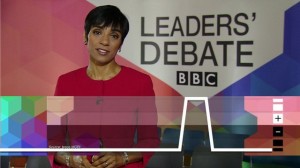
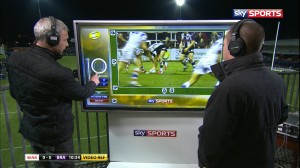
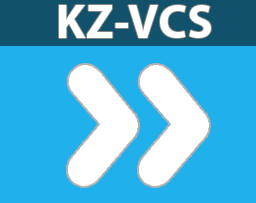
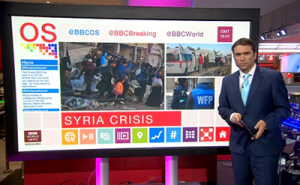
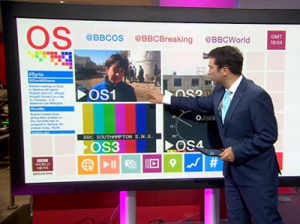

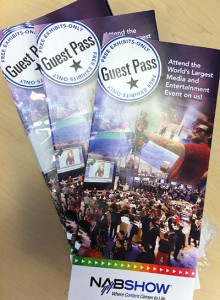
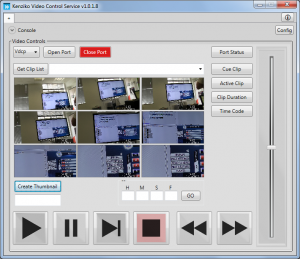
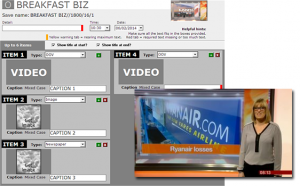
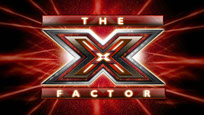 For this year’s Xtra Factor, the production team wanted to add additional interactivity to the procedings, and the idea to use a touchscreen was born.
For this year’s Xtra Factor, the production team wanted to add additional interactivity to the procedings, and the idea to use a touchscreen was born.